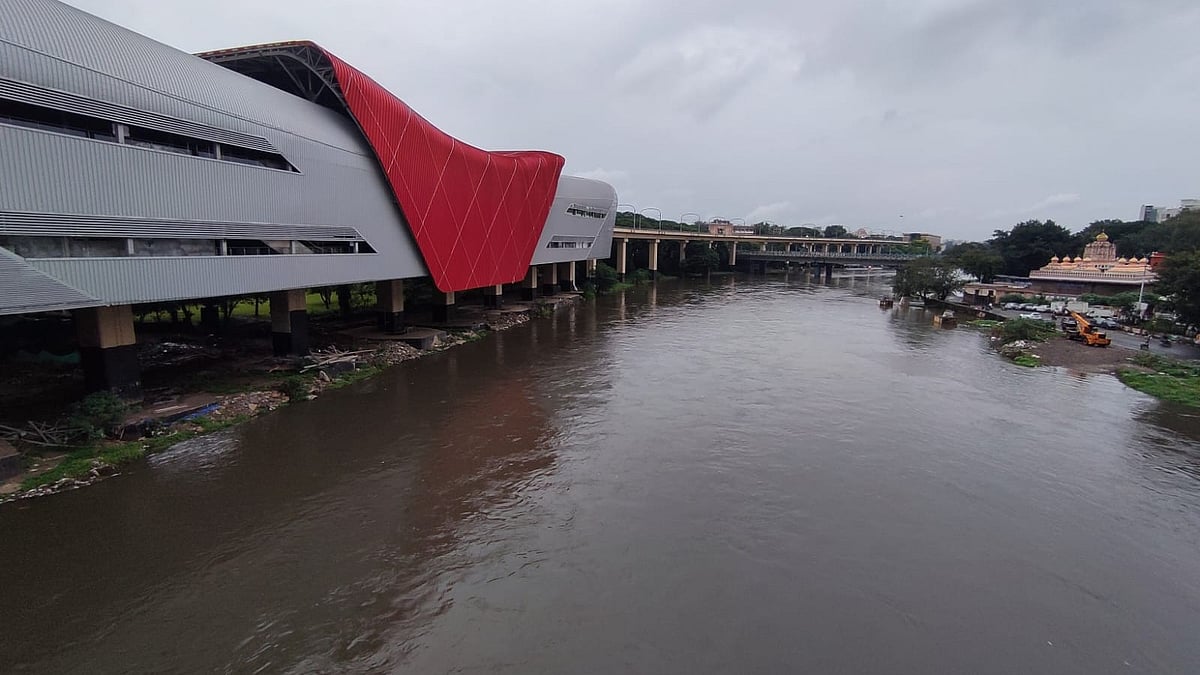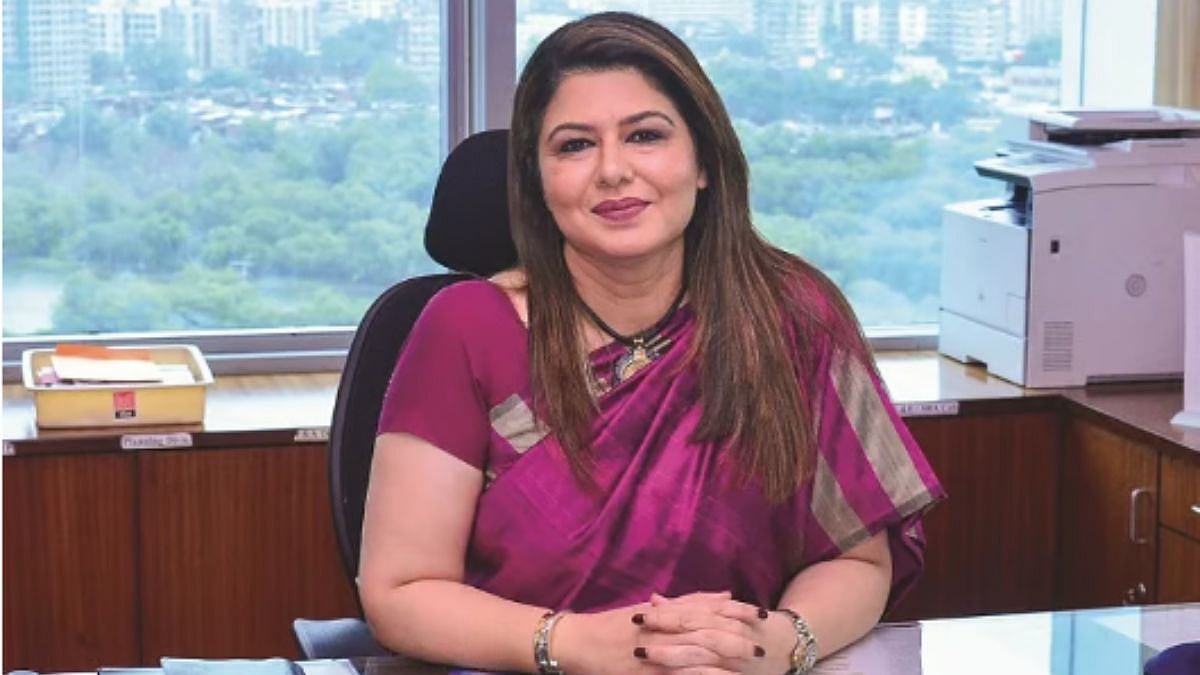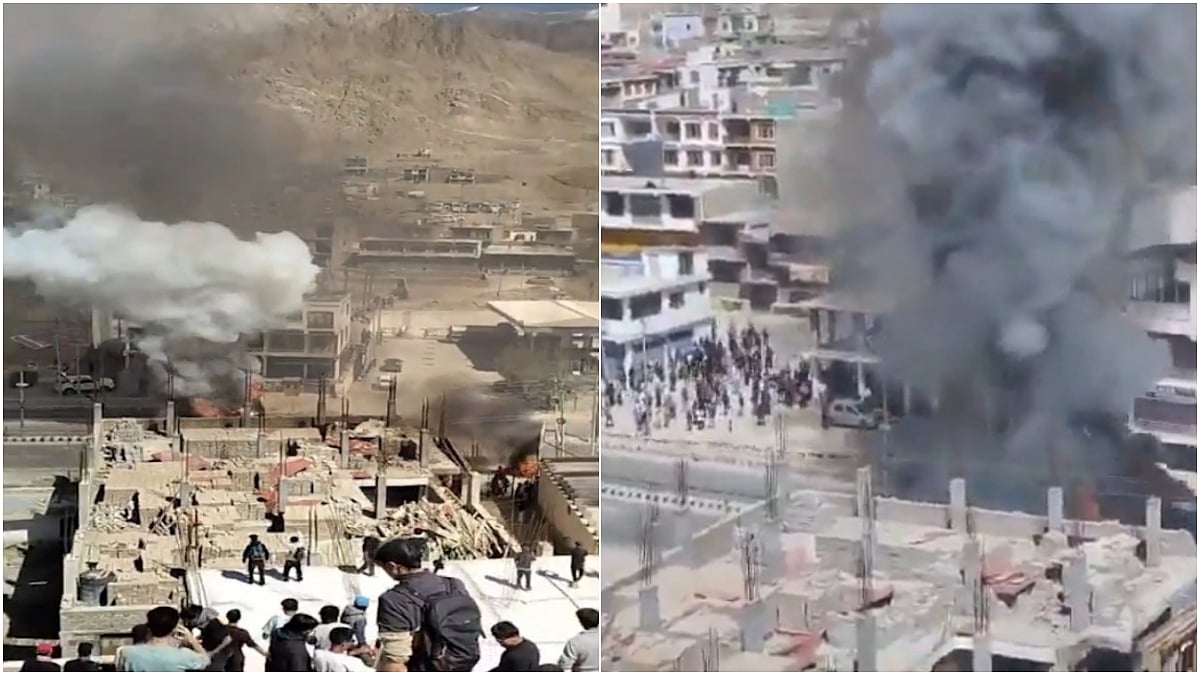There are many contradictions we stoically put up with in India but nothing is as glaring as the manner in which we treat our rivers. We worship our rivers as goddesses and the livelihood of more than half of our population is dependent on them.
And yet, we pollute them to the extent that they are the most polluted rivers in the world. In fact, a frustrated activist recently called the Yamuna in Delhi ‘one big sewage drain’. Indian scriptures proclaim our rivers as goddesses.
Ganga is the goddess who was sent down from the heavens and was safely ensconced in the matted locks of Lord Shiva to channel her exuberance and let her flow on earth at a life-enabling pace. Aartiis offered to the Ganga in several places and millions gather to pay their respects to her. Many holy towns of India like Haridwar, Prayagraj and Varanasi are on her banks. Yamuna is no less holy.
She is considered the daughter of Surya, the sun god and the sister of Yama, the god of death. Lord Krishna spent his childhood on her banks and stories of his pranks and his dances with the gopis are sung in many Indian homes. Rivers like the Kaveri, Narmada and Godavari are equally revered. Most Hindus believe that a bath in the Ganga will rid them of their sins and bring moksha (liberation).
The ashes of the dead are mingled in the Ganga in the belief that doing so will enable the deceased to reach heaven. Crores of Indians take a dip in her waters on festive occasions.In fact, devout Hindus recite ‘Gange cha yamune chaiva Godavari Saraswati. Narmade, Sindhu Kaveri jalesmin sannithim kuru (O seven holy rivers, please this water with thy presence)’, as they pour water on their heads at the commencement of their bath.
Even a ‘rationalist’ like Pandit Nehru, in his last will and testament, desired that his ashes be mixed with the Ganga in Prayag and strewn in all the rivers of India. Apart from their holy status, Indian rivers also provide livelihood to crores of Indians. According to one estimate, about 90 of the approximately 135 crore Indians depend in some way or the other on these rivers. The Ganga and her tributaries provide drinking water, water for agriculture, industry and so on, to about 55 crore of them.
The rivers of India are the most used and their banks most densely populated than those of all other rivers in the world. So much for being revered and used; let us look at the flip side. It is a well-known fact that these rivers are highly polluted.
The Yamuna is the most polluted among them and the main culprit is the National Capital Region of Delhi, where most of the damage is done. Of her total length of about 1,400km, only a 22km stretch flows through Delhi but this less than two per cent stretch accounts for more than 80 per cent of the pollution.
The reasons are not hard to find. To start with, when it enters Wazirpur, the government diverts a substantial part of the water to the Sonia Canal, which provides a large portion of the drinking water for the capital. So the Yamuna loses much of its flowing water. Then 22 drains dump toxic waste from factories and domestic sewage into the river.
These are so poisonous and filthy that no flora or fauna can survive in the water. Many plans have been drawn and many commitments have been given to the Supreme Court about setting up sewage treatment plants (STPs), diverting the waters through interceptors, increasing the amount of flowing water but all these plans remain on paper or half-implemented.
Among all the villains, the Delhi Jal Board is high on the list of offenders. In the last 25 years, more than Rs 5,000 crore have been spent by Central and state governments to clean up the Yamuna, but it has gone ‘down the drain’. The cleaning of the Ganga is a bigger story and equally frustrating. Interestingly, according to archives, in 1950, the Ganga was clean and its water potable right through its 2,500km journey from the Gangotri glacier in the Himalayas.
The river flows through 100 cities with populations over 100,000; 97 cities with populations between 50,000 to 100,000, and about 48 towns peopled by 10,000 to 50,000. A large proportion of the water with higher pollutants in the Ganges is from this population, through domestic water usage. Not that industries are any less to blame.
Because of the establishment of a large number of industrial cities on the bank of the Ganges like Kanpur, Allahabad, Varanasi and Patna, countless tanneries, chemical plants, textile mills, distilleries, slaughterhouses and hospitals prosper and grow along with this and contribute to the pollution of the Ganges by dumping untreated waste into it. The money spent on cleaning the Ganga dwarfs that spent on the Yamuna. But thankfully, the results are visibly better.
Ganga is at its most polluted levels in Kanpur because of the tanneries and chemical factories but this has been contained in a large way. Talking of the Yamuna and Ganga pollution does not mean other major rivers of the south are clean. Far from it.
They are as worshipped and polluted like their north Indian counterparts. And the worst part is, not being perennial rivers, the water flow reduces dramatically in the months before the monsoon. States fight all the time about water-sharing--but that is a different story. What needs to be done does not entail rocket science. What is lacking is the will to do the needful.
First of all, we are woefully behind in installing STPs to clean the industrial and domestic waste and send treated water into the rivers. Secondly, we are behind schedule in making interceptor canals and diverting the polluted water.
Most of the industrial units are illegal and function only by giving bribes to officials. Cities on the banks do not have proper urban garbage and sewage treatment facilities. These measures can be implemented in less than five years if we were to go about it earnestly.
Last but not the least, people have to shed their hypocrisy, cooperate and do the right thing by the rivers they venerate. If Bharat is our Mata, surely our rivers are the blood that flows through her.
(The writer is an investment banker and political commentator. His Twitter handle is @pnvijay)











